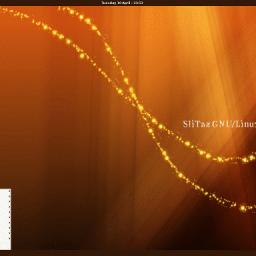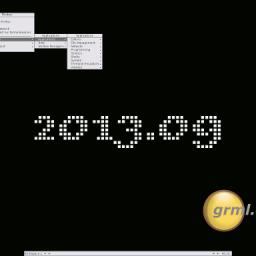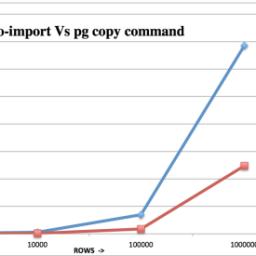Work begins on Thirty Meter telescope despite criticism
When completed in 2022, the mammoth Thirty Meter Telescope will have eight times the light-gathering area of any other optical telescope. But many Hawaiians are opposed to it.
The ceremony demonstrated the combustible mix of science, local traditions, and politics that have dogged the summit's development for decades and the TMT project in particular. The ceremony was interrupted for several hours as local opponents staged a peaceful protest[3], using their cars to block the road leading to the summit. Some held signs using TMT to spell out "Too Many Telescopes."
Mauna Kea, often translated as "White Mountain" because it's sometimes capped with snow, rises 13,796 feet (4,205 m) from the Pacific Ocean and is sacred to native Hawaiians. The dormant volcano is known locally as wao akua ("realm of the gods"), and its slopes are dotted with shrines, altars, and hidden burial grounds.
According to the master plan drawn up in 1983 (extended in 2000) between state environmental officials and the University of Hawaii, which manages the summit, no more than the 13 domes can be built on the summit. This limitation ultimately led to cancellation of plans to add four small "outrigger" telescopes to Keck Observatory's existing giant twin domes.
Despite the protests, construction for the TMT has been approved and will move forward. When completed, perhaps as early as 2022, the telescope will leapfrog to the top ranking of the world's largest optical telescopes.
Each of the 492 mirror segments that comprise the Thirty Meter Telescope's f/1 primary mirror will be constantly adjusted for optimum alignment. An 11-by-8-foot pickoff mirror protrudes through the central opening and directs light sideways to one of several planned instruments.
The ceremony demonstrated the combustible mix of science, local traditions, and politics that have dogged the summit's development for decades and the TMT project in particular. The ceremony was interrupted for several hours as local opponents staged a peaceful protest[3], using their cars to block the road leading to the summit. Some held signs using TMT to spell out "Too Many Telescopes."
Mauna Kea, often translated as "White Mountain" because it's sometimes capped with snow, rises 13,796 feet (4,205 m) from the Pacific Ocean and is sacred to native Hawaiians. The dormant volcano is known locally as wao akua ("realm of the gods"), and its slopes are dotted with shrines, altars, and hidden burial grounds.
According to the master plan drawn up in 1983 (extended in 2000) between state environmental officials and the University of Hawaii, which manages the summit, no more than the 13 domes can be built on the summit. This limitation ultimately led to cancellation of plans to add four small "outrigger" telescopes to Keck Observatory's existing giant twin domes.
Despite the protests, construction for the TMT has been approved and will move forward. When completed, perhaps as early as 2022, the telescope will leapfrog to the top ranking of the world's largest optical telescopes.
Each of the 492 mirror segments that comprise the Thirty Meter Telescope's f/1 primary mirror will be constantly adjusted for optimum alignment. An 11-by-8-foot pickoff mirror protrudes through the central opening and directs light sideways to one of several planned instruments.



